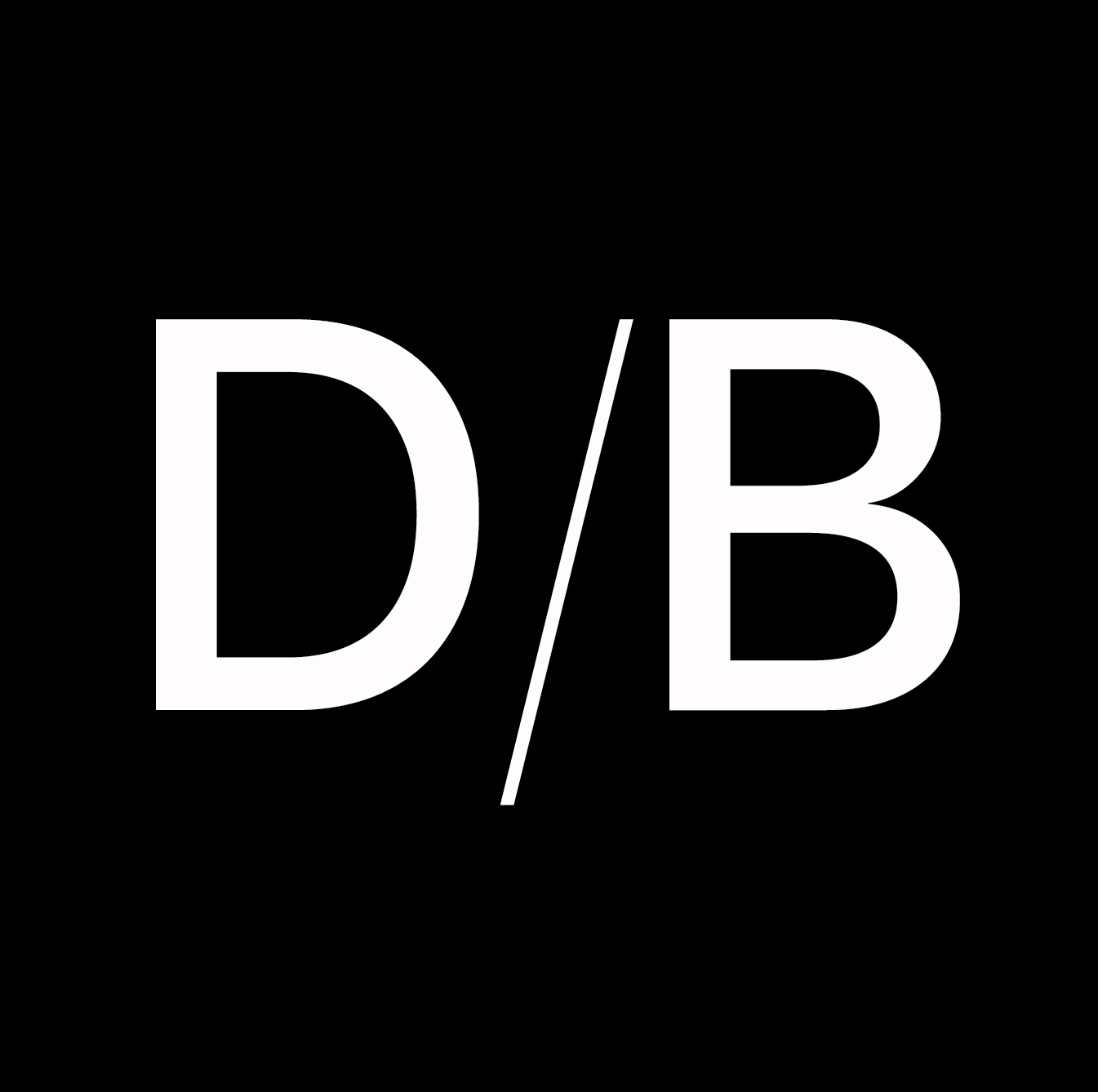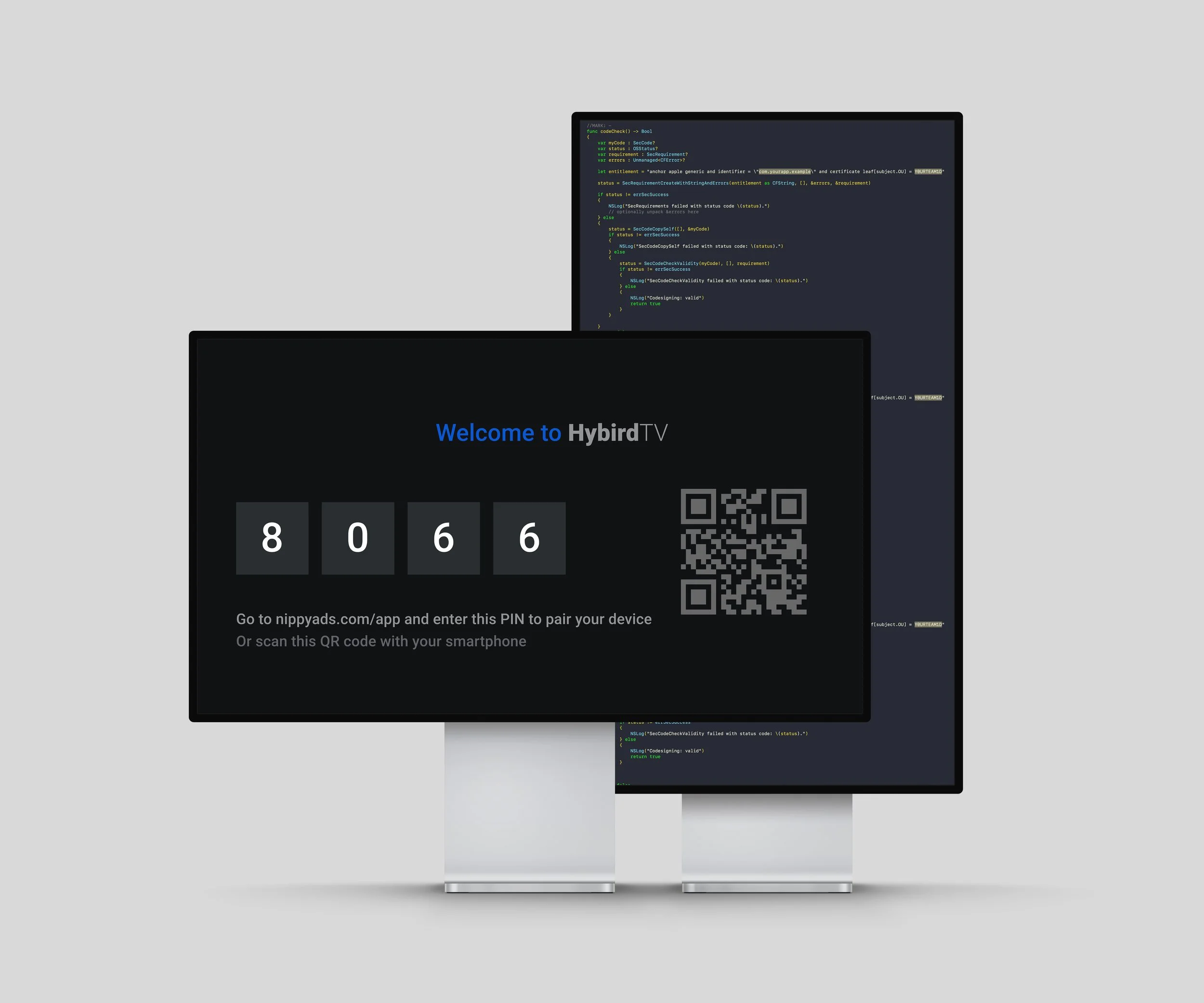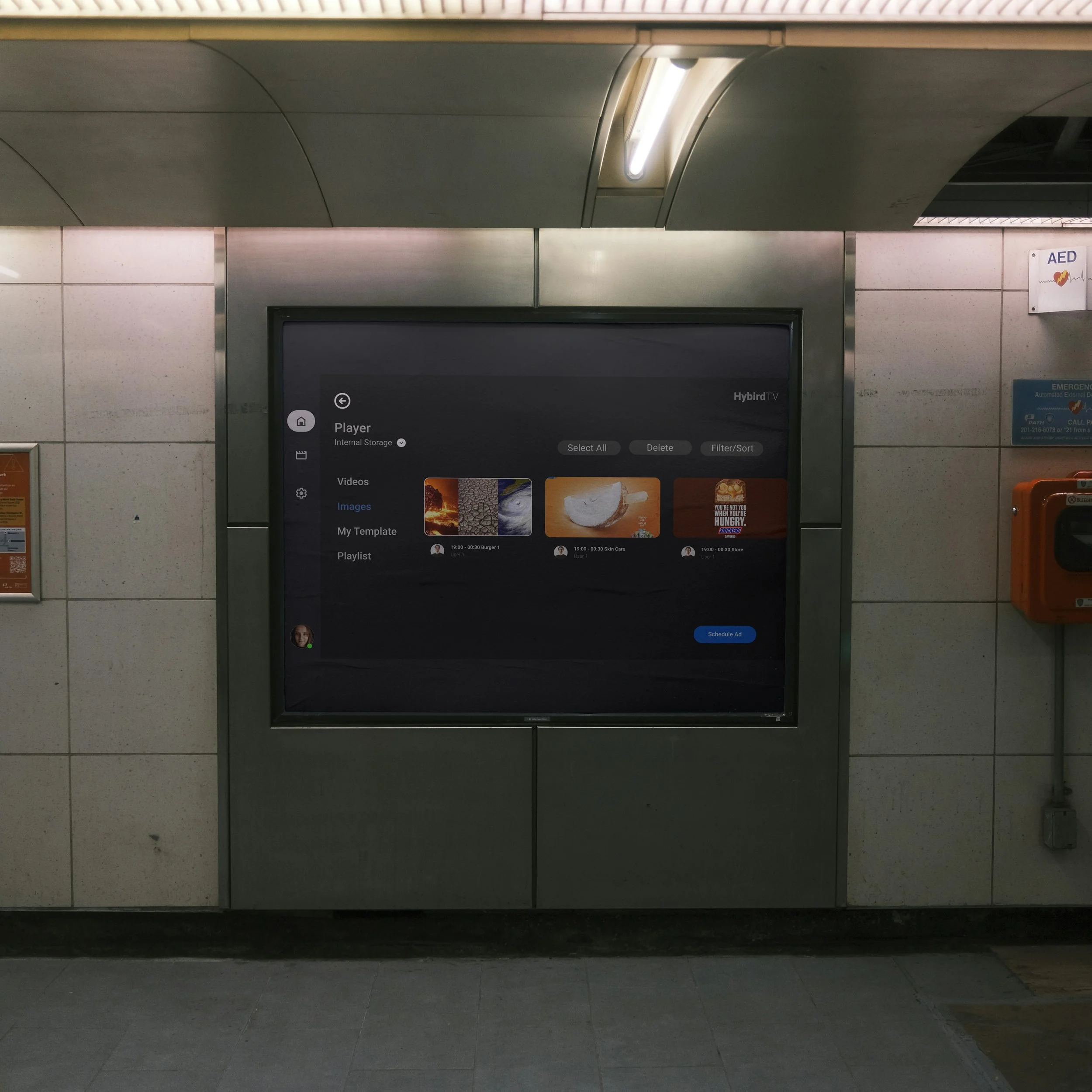Hybird TV Signage App
As the lead freelance UX designer, I crafted a bespoke, modern interface for a London-based startup's digital signage app, targeting local shops. The goal was to create an intuitive system for effortless ad creation and scheduling.
Design Methodology
My approach was rooted in user-centered design principles. I initiated the project with comprehensive research to understand the specific needs and technological comfort levels of local shop owners. Working collaboratively with product and engineering teams, I translated these insights into a task-oriented design. The interface was developed iteratively, validated through usability testing sessions with target users to ensure functionality and ease of use. A continuous feedback loop was established to refine the user experience.
The Design System
I developed a modern, dark mode design system to ensure ad content is vibrant and eye-catching, while also reducing eye strain in various lighting conditions. The system features:
Minimalist Interface: A clean layout with a clear visual hierarchy.
Consistent Components: Uniform buttons, icons, and typography for a predictable user experience.
Blue Accent Color: Used strategically for interactive elements to guide the user.
Key Features & User Flow
Simplified Onboarding: Users can easily pair their device via a QR code or PIN.
Intuitive Ad Creation: A simple plus button leads to a straightforward media selection process from internal storage.
Flexible Scheduling: Users can schedule ads for specific times and days, with options for transition effects like "Fade."
Basic Ad Editor: A timeline-based editor allows for adding text overlays and music.
UX Metrics for Success
Task Success Rate: High percentage of users successfully creating and scheduling an ad.
Time on Task: Minimal time taken for users to create and schedule their first ad.
User Error Rate: Low number of errors encountered by users during the ad creation process.
System Usability Scale (SUS): A high score indicating user satisfaction and ease of use.
Adoption Rate: A steady increase in the number of local shops using the app.


